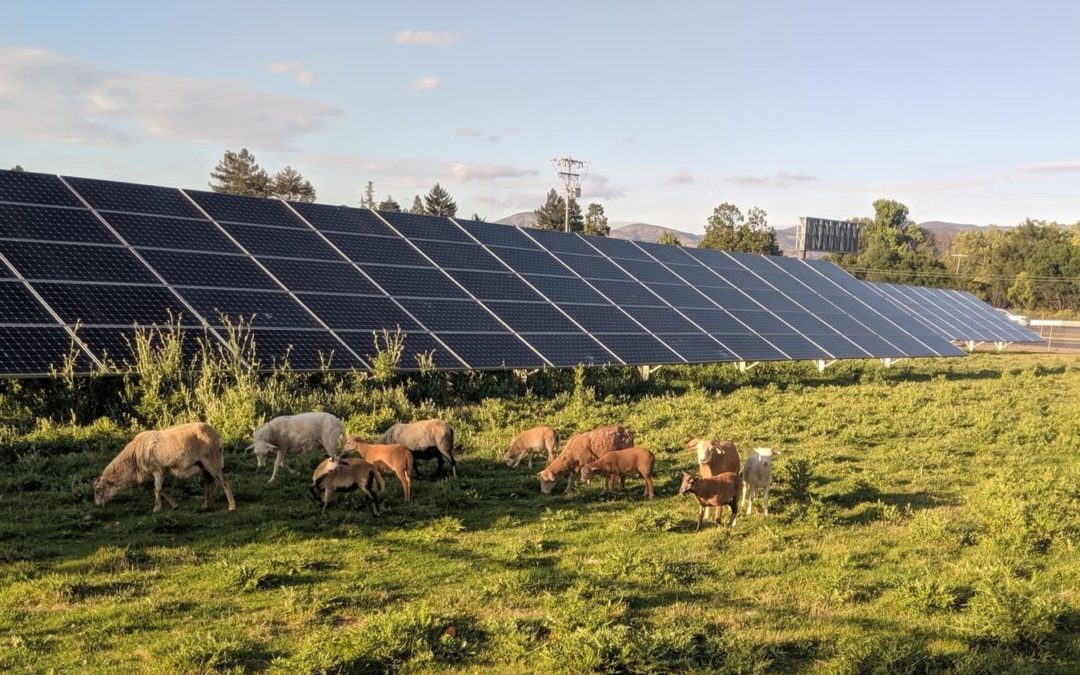On December 15, 2016, PG&E reached its 5% cap for net energy metering (“NEM 1.0″) — the program/tariff that solar customer-generators have been using to offset their annual electricity bills. For the next few years, net metered projects will be interconnected under the NEM successor tariff (“NEM 2.0”). NEM 1.0 and 2.0 are similar in that solar photovoltaic (PV) customers will be compensated at full retail rates for their kWh exports for 20 years from the date of interconnection. The programs are different in that 2.0 customers have to pay non-bypassable charges on every kWh imported from PG&E and for interconnection costs, both of which 1.0 customers were exempt from paying. On the plus side, 2.0 projects don’t have the system size limitations that constrained 1.0 projects. We can model these changes when evaluating the feasibility of a PV project. We can estimate the amount of electricity imported from PG&E to calculate non-bypassable charges. We can assign a number for interconnection costs. We already know how to size a PV system and model its output. We can verify, through adjunct monitoring systems, if PV systems are producing as projected and if electricity consumption matches historical patterns. We can determine the causes of any variances between projected and actual production, usage, and net usage. What we cannot do anymore is calculate electricity bill savings by assuming fixed PG&E rates and annual inflation percentages, without also considering the timing of electricity production and consumption. We haven’t gotten into trouble yet for using static assumptions in our current models, even though PG&E routinely adjusts its rates many times a year, because PV’s productive hours/seasons have coincided with PG&E’s peak periods and the gaps between peak and off-peak rates have remained wide. See, for example and a bit of color, how PG&E’s solar friendly A-6 rates have fluctuated by time of day and season between 2001 and 2016.  But disruptive rate changes are looming. From April, new customers with demand between 75 kW and 500 kW will be ineligible for A-6. PG&E’s proposed rates and time-of-use (TOU) periods – CalSEIA will be discussing these in Petaluma on Tuesday – are decidedly unfriendly to solar. If/when PG&E’s proposals get implemented, affected customers won’t receive the level of compensation that current customers do, and peak rates will be in effect even after PV systems have shut down for the night. The value of our PV systems will decline, unless we export less and consume more of what we produce, by dynamically optimizing the timing of production, consumption, and storage. PG&E has 250,000+ solar customers, more than any other utility. We adopted solar so enthusiastically because we had a significant problem – high electricity bills – and a viable solution – affordable solar. We still have a significant problem. See PG&E’s rate increases for 2017 vis-à-vis 2016 in the table below.
But disruptive rate changes are looming. From April, new customers with demand between 75 kW and 500 kW will be ineligible for A-6. PG&E’s proposed rates and time-of-use (TOU) periods – CalSEIA will be discussing these in Petaluma on Tuesday – are decidedly unfriendly to solar. If/when PG&E’s proposals get implemented, affected customers won’t receive the level of compensation that current customers do, and peak rates will be in effect even after PV systems have shut down for the night. The value of our PV systems will decline, unless we export less and consume more of what we produce, by dynamically optimizing the timing of production, consumption, and storage. PG&E has 250,000+ solar customers, more than any other utility. We adopted solar so enthusiastically because we had a significant problem – high electricity bills – and a viable solution – affordable solar. We still have a significant problem. See PG&E’s rate increases for 2017 vis-à-vis 2016 in the table below.  We still have, I believe, a viable solution, even in the face of PG&E’s looming proposals, not just because PV system costs continue to decline and the 30% investment tax credit, accelerated depreciation, and NEM are still available, but also because of the possibilities offered by batteries, electric car chargers, and/or other electricity demand and supply management options. I checked in with Bob to see what he thought of all this. He said: The line PG&E has drawn The curse it has cast The peak period now Isn’t going to last The solar friendly rate Will also be past But the opportunities are simply adjusting So go solar now and make the benefits last Cause the timings they are a-changing I’d like to know what you think too. Please write, call, like, or follow!
We still have, I believe, a viable solution, even in the face of PG&E’s looming proposals, not just because PV system costs continue to decline and the 30% investment tax credit, accelerated depreciation, and NEM are still available, but also because of the possibilities offered by batteries, electric car chargers, and/or other electricity demand and supply management options. I checked in with Bob to see what he thought of all this. He said: The line PG&E has drawn The curse it has cast The peak period now Isn’t going to last The solar friendly rate Will also be past But the opportunities are simply adjusting So go solar now and make the benefits last Cause the timings they are a-changing I’d like to know what you think too. Please write, call, like, or follow!


Recent Comments